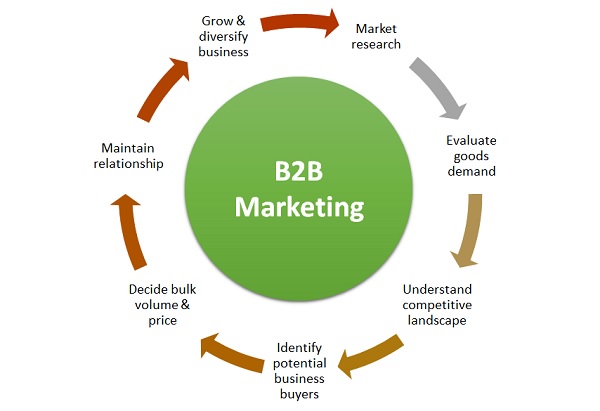When choosing a business to operate, entrepreneurs have several options. Two of the most popular are franchises and business opportunities.
A business opportunity is a less structured way of conducting business and often costs less than a franchise. However, the lack of support and structure can come with a cost.
Costs
Franchises offer entrepreneurs a business model that has been tested and proven to work. They also provide a legal relationship between the franchiser and the franchisee with clear responsibilities and costs. These costs can include the initial franchise fee, ongoing royalty payments and set rates for other business expenditures like technology or advertising.
There are additional startup expenses including, for example, a grand opening campaign, inventory, insurance, professional fees, equipment and supplies. And then there are operating costs which include paying salaries for staff, rent, utilities and maintenance. Franchises can take advantage of economies of scale through bulk purchasing, which can help reduce these costs. Business opportunities, on the other hand, don’t typically have these advantages. They can also have higher initial fees than a franchise.
Licenses
While franchises and business opportunities both involve established businesses giving aspiring entrepreneurs the chance to operate a part of their business, there are some important distinctions that separate the two. Franchise agreements are more formal and standardized than license agreements, and they typically provide the franchisor with some control over the underlying business.
Licensing arrangements allow a licensor to monetize their intellectual property by offering rights to use trademarks, designs, names and other intellectual properties to others for a fee. Licensing agreements are often less formal than franchise agreements and may last for varying lengths of time. In some cases, a licensing arrangement may resemble a franchise and fall under state laws governing franchising. This can result in heavy disclosure obligations, similar to those under state business opportunity laws.
Training
Franchise opportunities are streamlined business operations that provide a framework for you to run your own business. The franchisor provides systems, tools and support to ensure you can meet brand standards and deliver customer satisfaction.
Franchising often includes a significant amount of training. For example, many franchises offer a week or so of onboarding at the headquarters, where you will learn the specifics of the system. This is typically done in a classroom-type setting.
Most major franchises also offer sales and marketing training. This teaches you how to connect with customers and generate leads and sales. It may also cover compliance and regulatory issues. This type of training is essential for your success as a franchisee. The best franchise opportunities teach you how to make the most of the company’s resources.
Ongoing Support
Ongoing support is a critical component of success for any new business. Consumers are looking for more engagement with the brands they purchase from and expect businesses to offer them a high level of customer service.
Franchisees receive training, marketing and other support on a continuous basis from their franchisors while business opportunities may only have some initial training, marketing, and other support. Franchisees also usually offer products or services on an exclusive basis and must adhere to brand standards set by their franchisors, while a Biz Op can handle a variety of lines.
People who sell business opportunities aren’t required to abide by any specific rules, like those that govern Franchises. However, they do have to be a registered business and disclose certain information to prospective buyers.
Freedom
The freedom offered by franchising can be a major selling point. It allows entrepreneurs to enter a new field without having to develop an entirely new business model or brand. This can save a lot of time, energy and money.
However, because franchises have a set system, there may be limitations on what you can do with your business, such as the type of products you sell or suppliers you use. Also, franchisees are required to share financial information with their franchisor, so this could be a drawback for those who prefer more privacy in their finances.
Franchises generally have lower failure rates than independent businesses, and they are easier to finance. For these reasons, they can be a great option for many people who want to become their own bosses.
